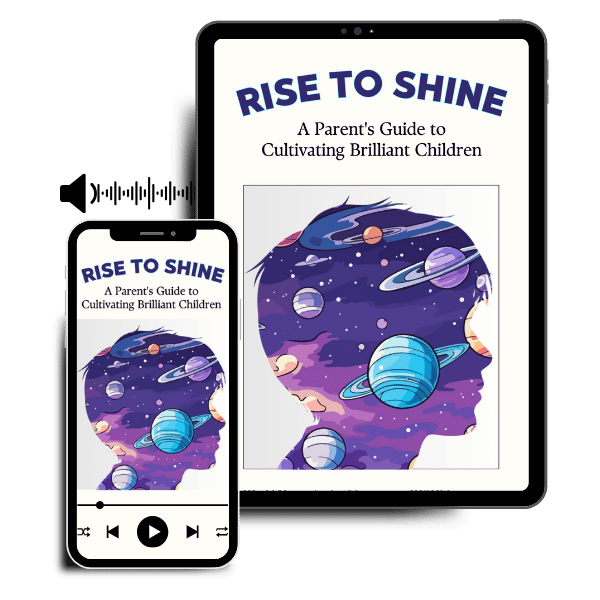Creating an Early Autism Symptoms Checklist


Recognizing the early signs of autism can make a significant difference in the lives of children and their families. Early detection can lead to early intervention, which can greatly improve a child’s developmental trajectory. This article aims to provide a comprehensive guide for creating an early autism symptoms checklist, helping parents and caregivers identify potential signs of autism in young children.
Definition of Autism: Autism Spectrum Disorder (ASD) is a complex developmental condition that affects social interaction, communication, interests, and behavior. The symptoms and their severity can vary widely among individuals.
Prevalence: According to recent statistics, approximately 1 in 54 children is diagnosed with autism. Early identification is crucial, as it allows for timely intervention, which can improve the child’s skills and abilities.
Benefits of Early Diagnosis: Early diagnosis of autism allows for early intervention, which can lead to significant improvements in social skills, communication, and behavior. Intervening early can help children develop essential skills, reduce the severity of symptoms, and improve their overall quality of life.
Social Interaction Signs
Communication Signs
Behavioral Signs
Essential Components
Customizing the Checklist
Observing and Recording
Seeking Professional Advice
Available Resources
Next Steps After Identification
Creating an early autism symptoms checklist is a proactive step in recognizing the signs of autism in young children. Early detection and intervention can lead to significant improvements in a child’s development and quality of life. By observing and documenting behaviors, consulting professionals, and accessing available resources, parents and caregivers can make a positive impact on their child’s future.
Also Read:
References:
1. What are the early signs of autism in toddlers?
Early signs of autism in toddlers can vary, but common indicators include a lack of eye contact, delayed speech development, and difficulty in responding to their name. Other symptoms on an early autism symptoms checklist might include repetitive behaviors, limited social interactions, and a preference for routines. Identifying these signs early can help in seeking appropriate interventions and support.
2. How can I create an early autism symptoms checklist for my child?
Creating an early autism symptoms checklist for your child involves observing their behavior and noting any deviations from typical developmental milestones. Key items to include are social interactions, communication skills, and repetitive behaviors. You can consult with pediatricians or autism specialists for guidance on what specific symptoms to monitor. An early autism symptoms checklist can be a useful tool for discussing concerns with healthcare providers.
3. Why is it important to have an early autism symptoms checklist?
An early autism symptoms checklist is crucial because it helps parents and caregivers identify potential signs of autism as early as possible. Early detection is associated with better outcomes, as it allows for timely intervention and support. By using an early autism symptoms checklist, you can track your child’s development and seek professional advice if you notice any red flags.
4. What should I include in an early autism symptoms checklist for a preschooler?
When creating an early autism symptoms checklist for a preschooler, include items that assess social skills, language development, and behavioral patterns. Look for signs such as limited interest in peer interactions, unusual attachment to routines, and challenges in communication. Including these elements in your early autism symptoms checklist can help in identifying areas where your child may need support.
5. How reliable are early autism symptoms checklists in diagnosing autism?
While an early autism symptoms checklist can be a helpful tool in identifying potential signs of autism, it is not a definitive diagnostic tool. These checklists can highlight areas of concern that warrant further evaluation by a professional. A comprehensive assessment by a healthcare provider, which may include observations, developmental screenings, and standardized tests, is necessary to diagnose autism accurately. An early autism symptoms checklist can guide parents in seeking the appropriate evaluations and support.

Get Your Resources to Your Email Now!